Pranayama: the breathing techniques
There are various breathing techniques. It's quite common when you get on your mat to start with a few breathing exercises, or pranayama. They help you focus, and prepare your body and your mind to what's coming; an active - or passive meditation. Each pranayama has its own benefits and contraindications and knowing these can help you decide which ones are the most appropriate for you. In this article I'm going to run you through 4 different techniques you can practice before or during your asana practice or meditation practice. There are more, but I think that these 4 cover a good range of actions and benefits.
Yogic Breathing or Complete Breathing: Dirga Pranayama
I like starting any pranayama session with yogic breathing. This one is fairly simple to practice yet requires that you put your mind into it: that you breathe consciously.

How to practice dirga pranayama?
You can practice dirga pranayama is any position, but I like asking my students to lie down on their back to help them feel their body expanding through breathing.
- Start lying down on your back. Put one hand on your belly and one hand on your chest.
- Take a deep inhale through the nose, and a deep exhale. Completely empty your lungs as you exhale.
- Pay attention to your hands; are they moving? Is one moving before the other?
- Now try and isolate your belly breathing. Take a deep inhale through the nose and expand your belly as much as possible. Feel your belly expanding underneath your fingers.
- Exhale and feel your hand moving down as your belly empties from the air.
- On the next inhale, try and keep your belly flat and instead, breathe with your chest. Fill in your lungs with air and feel your left hand moving up as your chest expands. How does this breathing compare to belly breathing?
- Next, bring your attention to your collar bones and notice how they move up and down as you breathe with your chest.
- Now try and isolate this collar bones breathing, and stop breathing through the chest. Your left hand is now still. How does this collar bones breathing feel compared to belly breathing and chest breathing? Short, shallow.
- Finally try and take a full breath using those 3 types of breathing. Start with filling your belly with air. Once you can't get any more air in your belly, fill in your lungs and feel your chest expanding. At last, feel your collar bones moving up.
- To exhale, take the same path backwards; start with lowering down your collar bones, then feel your left hand lowering as your lungs empty, and finally, feel your right hand lowering too as the air is leaving your belly.
This is a complete breathing or dirga pranayama. It's a fantastic exercice to bring back the attention to your physical body and quiet the mind. It has an immediate stress relief effect and prepares your body for meditation by releasing muscular tension. There is no contraindications to dirga pranayama.
Skull Shining Breath: Kapalabhati Pranayama
Kapalabhati is a cleansing breath. I usually practice kapalabhati pranayama at the beginning of my asana practice, even more in winter when the temperatures are cold as it's quite an active breathing exercise that rises the energy up. It's perfect for when you notice that your students are a bit low energy before a dynamic practice. Kapalabhati pranayama is traditionally practiced sat down, with your hands on your knees.
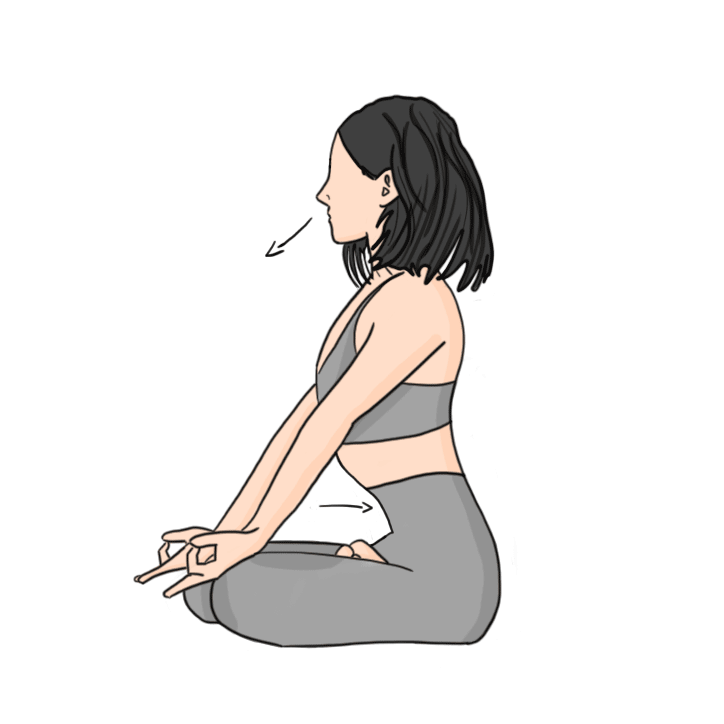
How to practice kapalabhati pranayama?
- Sit comfortably. Keep your hands on your knees, fingers in chin or jnana mudra. Your spine is straight from the lower back to the top of the head. Close your eyes.
- Inhale through both nostrils, expanding the abdomen. If you're new to this practice, you can rest one of your hands on your abdomen, to feel it moving.
- Exhale with a forceful contraction of the abdomen, but do not strain.
- Repeat the inhale/exhale process, but make sure that the inhalation isn't forceful and happens passively. Feel your abdomen expanding with your hand if you chose to rest it on your abdomen.
I usually guide my students throughout 2 or 3 rounds of kapalabhati pranayama. Each round has 20 breaths. There are a few contre-indications to this breathing exercise and it's not recommended to people suffering from heart problems, high blood pressure, vertigo, epilepsy, hernia or gastric ulcers. It's also not recommended during pregnancy. If at any point you start feeling light headed or slightly dizzy, stop the practice and breathe normally or practice dirga pranayama - deep breathing - until the sensation stops.
Alternate Nostril Breathing : Nadi Shodhana
This is one of my favourite breathing exercise. I'm always amazed by how much impact is has on my overall stress level. Therefore, I don't only practice this pranayama before a class or meditation, I sometimes practice it at work when I feel like I need it.
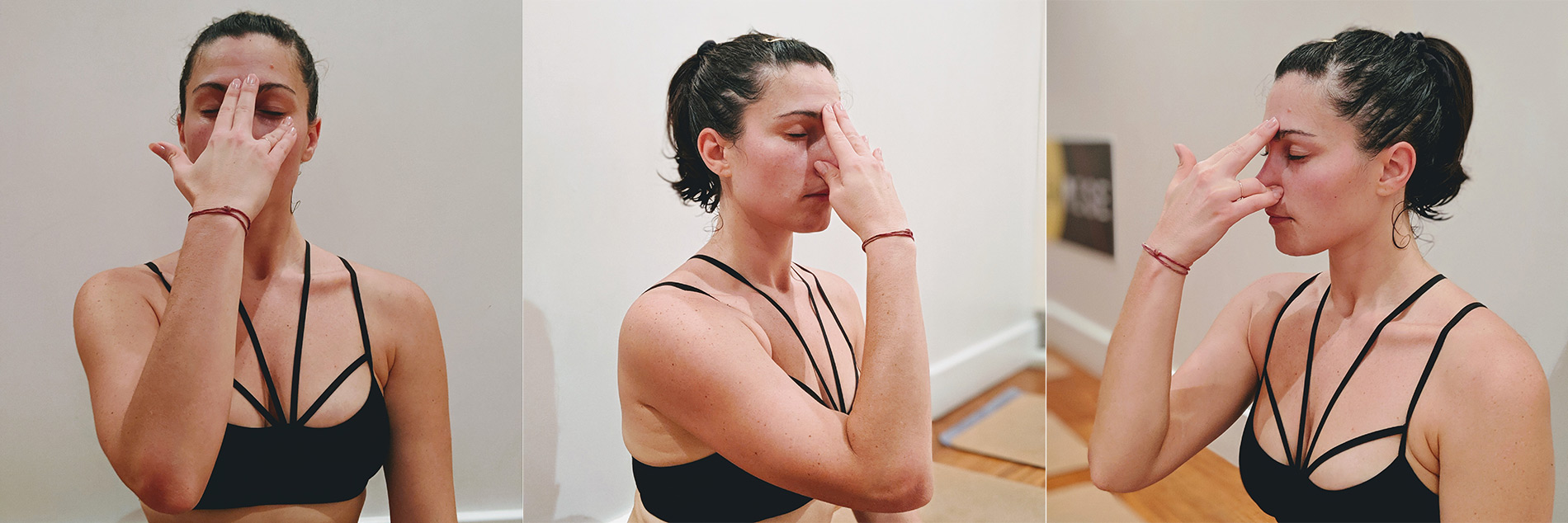
How to practice nadi shodhana?
- Sit in a comfortable posture. Close your eyes.
- Place gently your index and middle fingers of your right hand on the third eye center - the space between your eyebrows.
- Place your thumb onto your right nostril, your ring and little fingers onto your left nostril.
- Your left hand in chin or jnana mudra on top of your knee.
- Lift your thumb up to inhale through your right nostril on a count of 5.
- Hold your breath at the top as you put back your thumb onto your right nostril to block the air flow, and release the left nostril by lifting your ring and little fingers up.
- Exhale through the left nostril on a count of 5.
- Inhale through the left nostril on a count of 5.
- Hold your breath at the top as you put back your ring and little fingers onto your left nostril to block the air flow, and release the right nostril by lifting your thumb up.
- Exhale through the right nostril on a count of 5.
- Repeat actions from point 5 to 10 - these actions are one round.
- Practice 5 to 10 rounds.
As you become more familiar with this practice, you can extend the breath up to a count of 10. However, extending the length of the breath isn't recommended to people suffering from heart problems, high blood pressure, vertigo, epilepsy, hernia or gastric ulcers. It's also not recommended during pregnancy. There are other variations of this pranayama practice. In some, you're invited to have a longer exhale than your inhale - this helps slowing down your heart rate and therefore provide a deeper relaxation. In some other variations you can hold your breath at the top on a count of 5 then hold it again with empty lungs on a count of 5 too. Those are more advanced variations which are said to help awakening Kundalini...
Victorious Breath : Ujjayi Pranayama
This is the one I use throughout my asana practice (I usually practice rocket yoga). It's an active and paced breathing technique that helps keeping you in a flow state, where movement and breath are linked together.
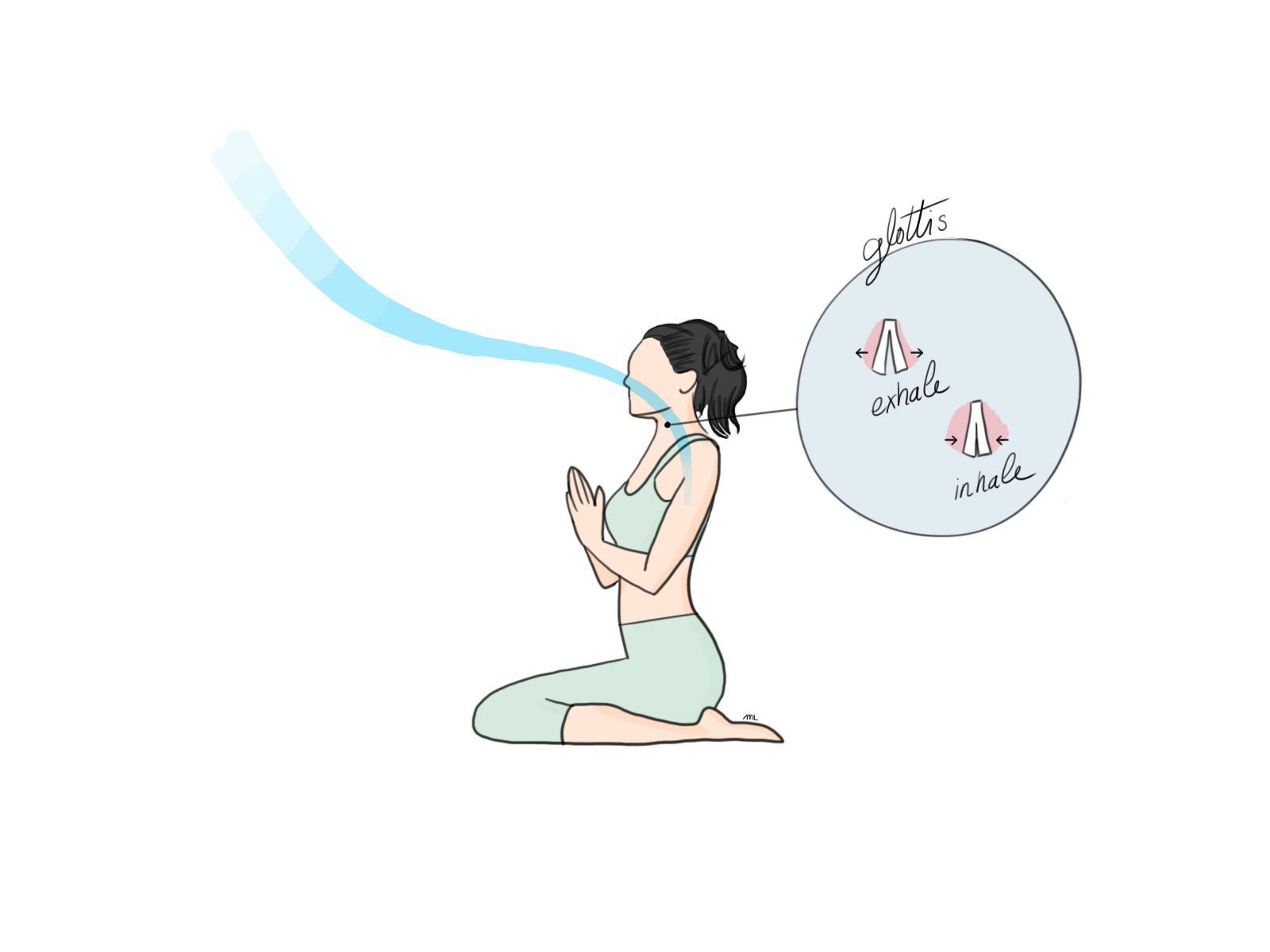
How to practice ujjayi pranayama?
The key to ujjayi breath is to find how to create a slight constriction at the back of your throat. When you find how to do this, your breath will be louder and more controlled. Some of my teachers compare its sound to the sound of waves, some others to the sound of Darth Vader. I usually guide my students through ujjayi breath that way:
- Take a deep inhale through your nose.
- Exhale through your mouth as if you wanted to fog a mirror.
- Repeat a couple of times.
- On the next exhale, do the same thing but with your mouth closed. Keep the constriction at the back of the throat but exhale through the nose.
Depending on the music I play during this exercise, I sometimes ask my students to inhale for 4 and exhale for 4. This helps them controlling the breath, making sure their inhale and their exhale is the same length, slows down the heart rate and lastly, creates a rhythm that enables that flow state. I invite my students to try and keep that rhythm, that same breath throughout their practice, even - especially - when it becomes challenging. To always come back to the breath.
One of my teachers said the other day during a pretty advanced class that if one can breathe in a place of torture, one can breathe everywhere. I think we were just finishing a variation of locust pose with a strap, that made pretty much everyone in a room break a sweat and frown. But that's exactly why it's so important to learn how to breathe properly and to control the breath. Your breath and your emotions are linked - when we feel overwhelmed, stressed, scared, our breath tends to be shallow, short. Our emotions impact the way we breathe. Therefore, the way we breathe impacts our emotions in return, and the way we react to them. The idea is that by controlling our breath we can control the impact of our emotions and don't let them dictate our reactions to things. In other words, help us live a more peaceful and balanced life.
Comments
See all comments →Leave a comment.Fields marked with a * are compulsory. Your email won't be published.
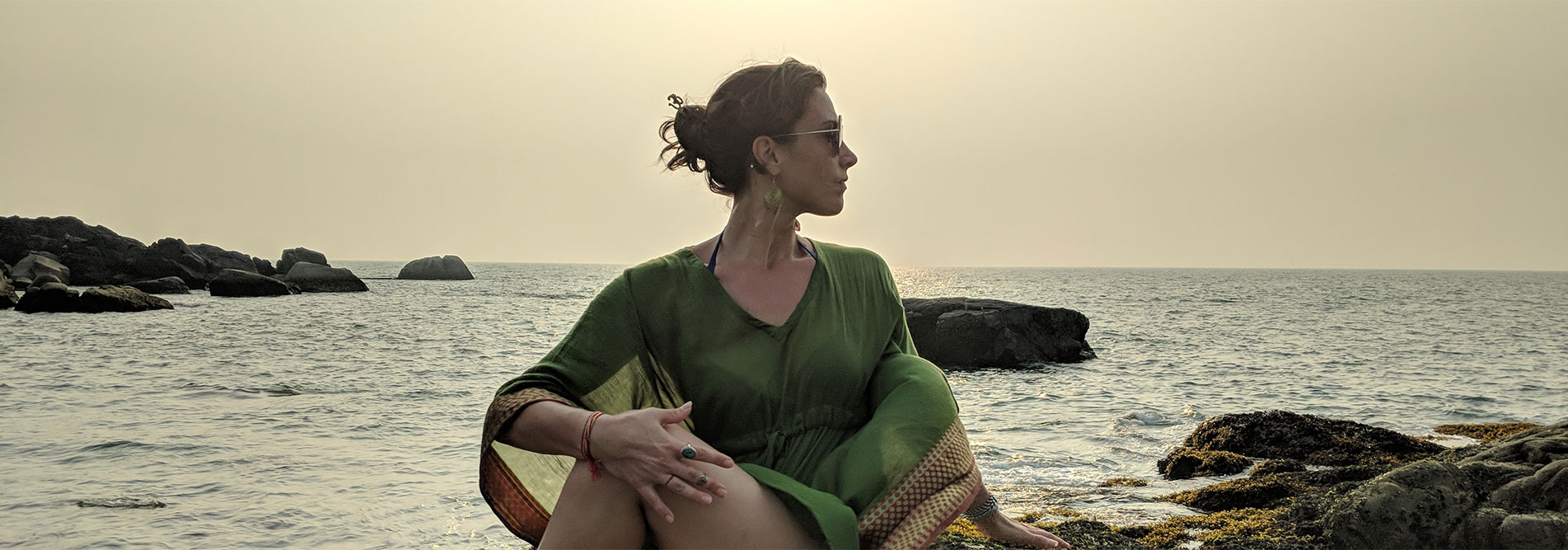
 By Cyro
By Cyro 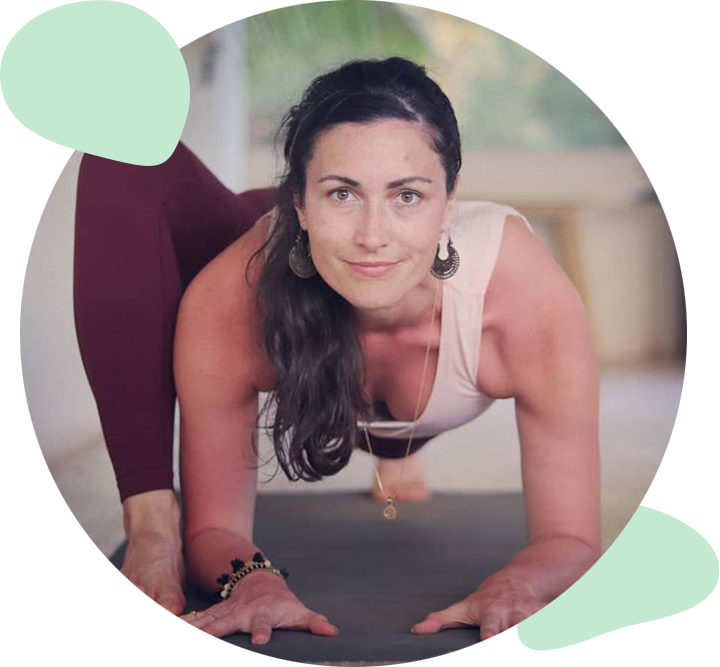
*thumb up*